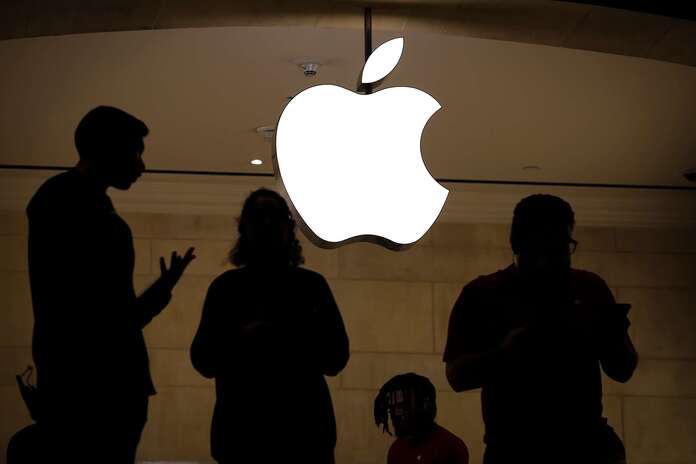With a staggering market cap nearing $3 trillion, Apple (NASDAQ:AAPL) stands as the world’s most valuable company, surpassing the gross domestic product of countries like France and Germany. The tech giant, led by Tim Cook after the legacy of Steve Jobs, has built an unparalleled luxury tech brand, driven by iconic products like the iPhone, Mac, AirPods, and iPad. Apple’s Services business, fueled by this robust ecosystem, has become a significant revenue source.
However, after a strong performance in 2023, Apple has faced a challenging start to 2024. Within the first two trading days, AAPL is down over 4% year-to-date, prompting speculation about the right move for investors: should they secure their profits or view the dip as a buying opportunity?
Barclays Downgrades AAPL: A Cause for Concern
The recent downturn in Apple’s stock can be traced back to a New Year’s downgrade by Barclays. Analyst Tim Long now rates AAPL as “Underweight” and has adjusted the price target to $160, down from $161. This marks a Street-low target, suggesting a potential downside of more than 13%. Long expressed concerns about lackluster iPhone 15 sales and the potential negative impact of increased regulatory scrutiny on Apple’s high-margin Services business.
Despite maintaining a “Hold” rating on AAPL since 2019, Barclays has raised alarms about slowing revenue growth. Apple recently reported its fourth consecutive quarter of declining revenue, with net sales at $89.5 billion, down 0.7% from the previous year. While service revenues saw a 16.3% increase to $22.3 billion, weakness in wearables and Macs raised red flags.
Challenges in the Chinese Market and Regulatory Scrutiny
Sales from China, a key market for Apple, remained flat year-over-year at $15.08 billion, intensifying concerns about rising competition from Huawei. The Chinese government’s alleged ban on its workers using iPhones, although denied later, underscores the potential impact of trade tensions between the U.S. and China on Apple’s products.
Apple’s wearables business faced a setback as it lost a bid to delay a holiday-season import ban on its Apple Watch, found to infringe on IP developed by Masimo (MASI).
Wall Street’s Expectations and Analyst Sentiment
Looking ahead, Wall Street expects modest growth for Apple in the fiscal year, projecting a 3.6% increase in revenue to $397 billion and a 7.7% rise in EPS to $6.60. Despite the reasonable valuation of 28x forward EPS compared to tech sector peers, the 7.27x forward sales multiple raises some concerns.
On a positive note, AAPL offers a 0.52% dividend yield, backed by a decade of consistent growth, a low 15% payout ratio, and substantial cash reserves. Analysts, overall, maintain a “Moderate Buy” consensus, with a majority of 28 analysts covering the stock expressing confidence in its future. The average 12-month price target of $205.79 suggests an expected upside of 11.7% from the current levels.
Featured Image: Unsplash















